| Picture | Scientific name | English name | Taxonomic group | Entry into force [7] |
|---|
 | Acacia saligna (Labill.) H.L.Wendl. | Golden wreath wattle | Plantae | 2019 |
 | Acridotheres tristis Linnaeus, 1766 | Common or Indian myna | Aves | 2019 |
 | Ailanthus altissima (Mill.) Swingle | Tree of heaven | Plantae | 2019 |
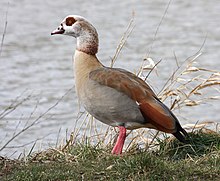 | Alopochen aegyptiaca Linnaeus, 1766 | Egyptian goose | Aves | 2017 |
 | Alternanthera philoxeroides (Mart.) Griseb. | Alligator weed | Plantae | 2017 |
 | Ameiurus melas | Black bullhead | Pisces | 2022 |
 | Andropogon virginicus L. | Broomsedge bluestem | Plantae | 2019 |
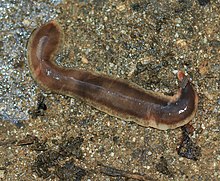 | Arthurdendyus triangulatus (Dendy, 1894) Jones & Gerard (1999) | New Zealand flatworm | Rhabditophora | 2019 |
 | Asclepias syriaca L. | Milkweed | Plantae | 2017 |
 | Axis axis | Chital | Mammalia | 2022 |
 | Baccharis halimifolia L. | Eastern baccharis | Plantae | 2016 |
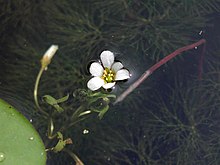 | Cabomba caroliniana Gray | Green cabomba | Plantae | 2016 |
 | Callosciurus erythraeus Pallas, 1779 | Pallas's squirrel | Mammalia | 2016 |
 | Callosciurus finlaysonii | Finlayson's squirrel | Mammalia | 2022 |
 | Cardiospermum grandiflorum Sw. | Balloon vine | Plantae | 2019 |
 | Celastrus orbiculatus | Oriental bittersweet | Plantae | 2027 (2022) |
 | Channa argus | Northern snakehead | Pisces | 2022 |
 | Cortaderia jubata (Lemoine ex Carrière) Stapf | Purple pampas grass | Plantae | 2019 |
 | Corvus splendens Vieillot, 1817 | Indian house crow | Aves | 2016 |
 | Ehrharta calycina Sm. | Perennial veldtgrass | Plantae | 2019 |
 | Eichhornia crassipes (Martius) Solms | Water hyacinth | Plantae | 2016 |
 | Elodea nuttallii (Planch.) St. John | Nuttall's waterweed | Plantae | 2017 |
 | Eriocheir sinensis H. Milne Edwards, 1854 | Chinese mitten crab | Crustacea | 2016 |
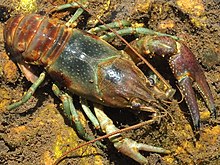 | Faxonius rusticus | Rusty crayfish | Crustacea | 2022 |
 | Fundulus heteroclitus | Mummichog | Pisces | 2024 (2022) |
 | Gambusia affinis | Western mosquitofish | Pisces | 2022 |
 | Gambusia holbrooki | Eastern mosquitofish | Pisces | 2022 |
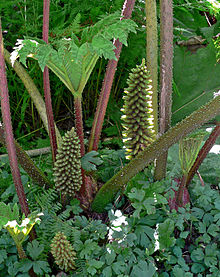 | Gunnera tinctoria (Molina) Mirbel | Chilean rhubarb | Plantae | 2017 |
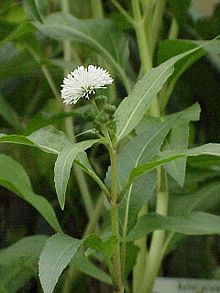 | Gymnocoronis spilanthoides (D.Don ex Hook. & Arn.) DC. | Spadeleaf plant | Plantae | 2019 |
 | Hakea sericea | Needlebush | Plantae | 2022 |
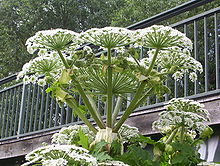 | Heracleum mantegazzianum Sommier & Levier | Giant hogweed | Plantae | 2017 |
 | Heracleum persicum Fischer | Persian hogweed | Plantae | 2016 |
 | Heracleum sosnowskyi Mandenova | Sosnowski's hogweed | Plantae | 2016 |
 | Herpestes javanicus É. Geoffroy Saint-Hilaire, 1818 | Small Asian mongoose | Mammalia | 2016 |
 | Humulus scandens (Lour.) Merr. | Japanese hop | Plantae | 2019 |
 | Hydrocotyle ranunculoides L. f. | Floating pennywort | Plantae | 2016 |
 | Impatiens glandulifera Royle | Himalayan balsam | Plantae | 2017 |
 | Koenigia polystachya | Himalayan knotweed | Plantae | 2022 |
 | Lagarosiphon major (Ridley) Moss | Curly waterweed | Plantae | 2016 |
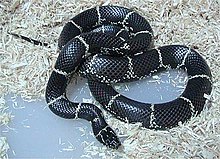 | Lampropeltis getula | Common kingsnake | Reptilia | 2022 |
 | Lepomis gibbosus Linnaeus, 1758 | Pumpkinseed | Pisces | 2019 |
 | Lespedeza cuneata (Dum.Cours.) G.Don | Chinese bushclover, sericea | Plantae | 2019 |
 | Limnoperna fortunei | Golden mussel | Mollusca | 2022 |
 | Lithobates catesbeianus Shaw, 1802 | American bullfrog | Amphibia | 2016 |
 | Ludwigia grandiflora (Michx.) Greuter & Burdet | Water primrose | Plantae | 2016 |
 | Ludwigia peploides (Kunth) P.H. Raven | Floating primrose | Plantae | 2016 |
 | Lygodium japonicum (Thunb.) Sw. | Vine-like fern | Plantae | 2019 |
 | Lysichiton americanus Hultén & H. St. John | American skunk cabbage | Plantae | 2016 |
 | Microstegium vimineum (Trin.) A. Camus | Japanese stiltgrass | Plantae | 2017 |
 | Morone americana | White perch | Pisces | 2022 |
 | Muntiacus reevesi Ogilby, 1839 | Muntjac deer | Mammalia | 2016 |
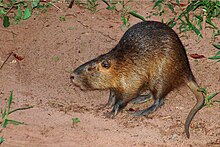 | Myocastor coypus Molina, 1782 | Coypu, Nutria | Mammalia | 2016 |
 | Myriophyllum aquaticum (Vell.) Verdc. | Parrot's feather | Plantae | 2016 |
 | Myriophyllum heterophyllum Michaux | Broadleaf watermilfoil | Plantae | 2017 |
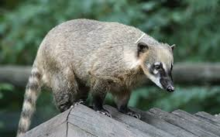 | Nasua nasua Linnaeus, 1766 | South American coati | Mammalia | 2016 |
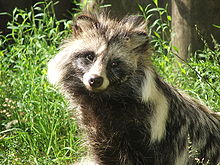 | Nyctereutes procyonoides Gray, 1834 | Raccoon dog | Mammalia | 2019 (2017) |
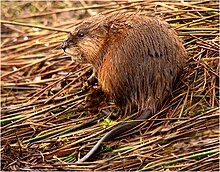 | Ondatra zibethicus Linnaeus, 1766 | Muskrat | Mammalia | 2017 |
 | Orconectes limosus Rafinesque, 1817 | Spiny-cheek crayfish | Crustacea | 2016 |
 | Orconectes virilis Hagen, 1870 | Virile (northern) crayfish | Crustacea | 2016 |
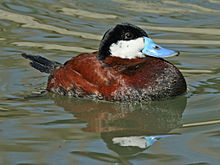 | Oxyura jamaicensis Gmelin, 1789 | Ruddy duck | Aves | 2016 |
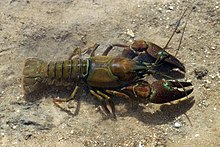 | Pacifastacus leniusculus Dana, 1852 | Signal crayfish | Crustacea | 2016 |
 | Parthenium hysterophorus L. | Whitetop weed | Plantae | 2016 |
 | Pennisetum setaceum (Forssk.) Chiov. | Crimson fountaingrass | Plantae | 2017 |
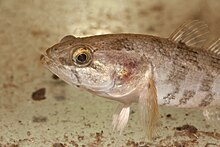 | Perccottus glenii Dybowski, 1877 | Amur sleeper | Pisces | 2016 |
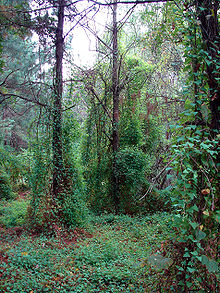 | Persicaria perfoliata (L.) H. Gross | Asiatic tearthumb | Plantae | 2016 |
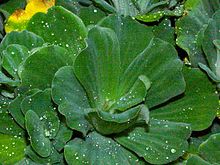 | Pistia stratiotes | Water lettuce | Plantae | 2024 (2022) |
 | Plotosus lineatus (Thunberg, 1787) | Striped eel catfish | Pisces | 2019 |
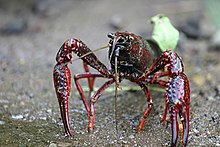 | Procambarus clarkii Girard, 1852 | Red swamp crayfish | Crustacea | 2016 |
 | Procambarus virginalis (Lyko, 2017) | Marbled crayfish | Crustacea | 2016 |
 | Procyon lotor Linnaeus, 1758 | Raccoon | Mammalia | 2016 |
 | Prosopis juliflora (Sw.) DC. | Mesquite | Plantae | 2019 |
 | Pseudorasbora parva Temminck & Schlegel, 1846 | Topmouth gudgeon | Pisces | 2016 |
 | Pueraria montana var. lobata (Willd.) | Kudzu vine | Plantae | 2016 |
 | Pycnonotus cafer | Red-vented bulbul | Aves | 2022 |
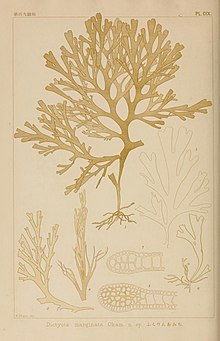 | Rugulopteryx okamurae | | Plantae | 2022 |
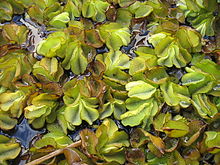 | Salvinia molesta D.S. Mitch. | Giant salvinia, kariba weed | Plantae | 2019 |
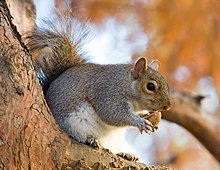 | Sciurus carolinensis Gmelin, 1788 | Grey squirrel | Mammalia | 2016 |
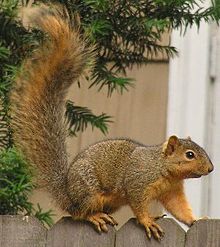 | Sciurus niger Linnaeus, 1758 | Bryant's fox squirrel | Mammalia | 2016 |
 | Solenopsis geminata | Red imported fire ant | Insecta | 2022 |
 | Solenopsis invicta | Tropical fire ant | Insecta | 2022 |
 | Solenopsis richteri | Black imported fire ant | Insecta | 2022 |
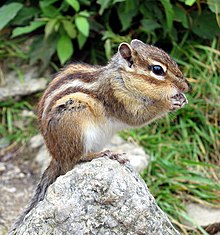 | Tamias sibiricus Laxmann, 1769 | Siberian chipmunk | Mammalia | 2016 |
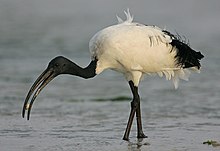 | Threskiornis aethiopicus Latham, 1790 | Sacred Ibis | Aves | 2016 |
 | Trachemys scripta elegans Schoepff, 1792 | Red eared slider | Reptilia | 2016 |
 | Triadica sebifera (L.) Small | Chinese tallowtree | Plantae | 2019 |
 | Vespa velutina nigrithorax du Buysson, 1905 | Yellow-legged Asian hornet | Insecta | 2016 |
 | Wasmannia auropunctata | Electric ant | Insecta | 2022 |
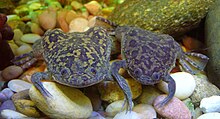 | Xenopus laevis | African clawed frog | Amphibia | 2024 (2022) |























































































